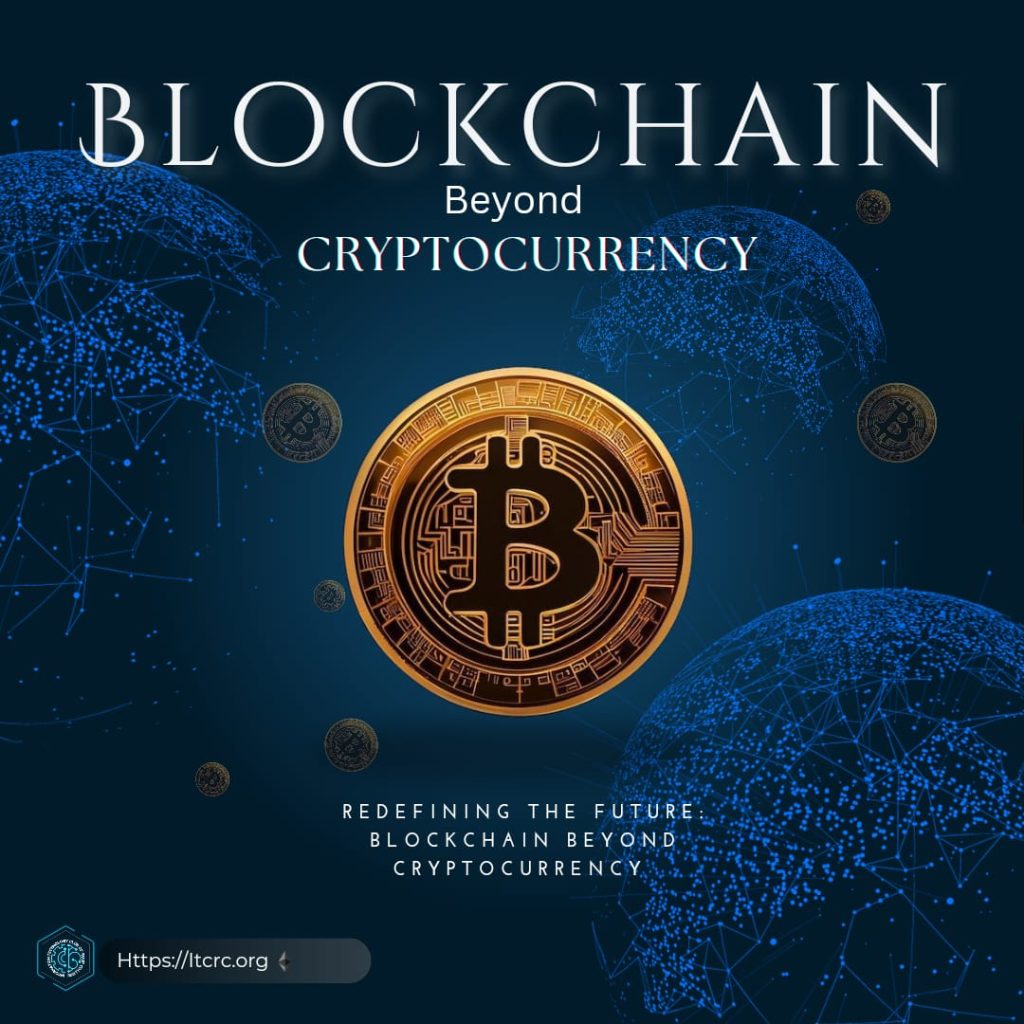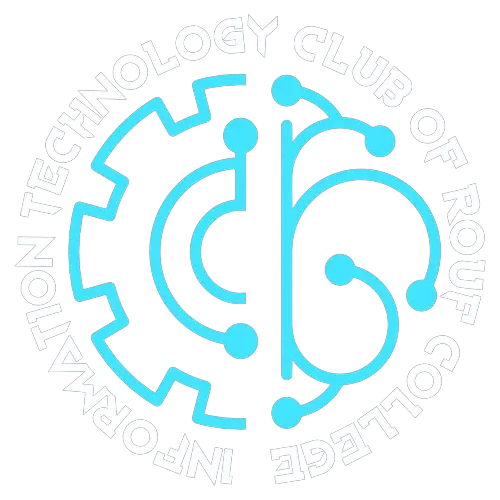Blockchain Beyond Cryptocurrency

Poster by Nur e Jannat
Blockchain technology, once primarily associated with cryptocurrencies like Bitcoin, is rapidly evolving into a versatile tool with far-reaching implications across various industries. Its decentralized, transparent, and secure nature offers immense potential to revolutionize how we conduct business, manage data, and interact with systems.
Understanding the Basics:
At its core, blockchain is a distributed ledger system that records transactions across multiple computers. This decentralized nature ensures transparency, security, and immutability, making it an ideal solution for various applications that demand trust, efficiency, and accountability.
Key characteristics of blockchain technology:
Decentralization: No single entity controls the network.
Transparency: All transactions are visible to everyone on the network.
Security: Cryptographic techniques ensure data integrity and security.
Immutability: Once data is recorded, it cannot be altered.
Beyond the Cryptosphere: Real-World Applications
While cryptocurrencies have popularized blockchain, its potential extends far beyond digital currencies.
Let’s explore some of the most important applications:
1. Supply Chain Management
Enhanced Traceability: Blockchain can track the journey of products from origin to consumer, ensuring transparency and accountability.
Reduced Fraud: By creating an immutable record, blockchain minimizes fraudulent activities and counterfeiting.
Improved Efficiency: Streamlined processes and real-time data optimize supply chain operations.
2. Healthcare
Secure Patient Records: Blockchain securely stores patient data, reducing the risk of breaches and unauthorized access.
Efficient Data Sharing: Seamlessly share patient information between healthcare providers to improve coordination and care.
Clinical Trial Management: Record and share data securely, streamlining clinical trials and accelerating drug development.
3. Finance
Smart Contracts: Automate contract execution and reduce the need for intermediaries.
Cross-Border Payments: Facilitate faster and more secure international transactions.
Securities Trading: Enhance efficiency and transparency in the securities market.
4. Real Estate
Transparent Property Records: Create clear and verifiable records of property ownership.
Simplified Transactions: Streamline the buying and selling process, reducing paperwork and delays.
Fractional Ownership: Enable fractional ownership of properties, opening up new investment opportunities.
5. Voting Systems
Secure and Transparent Elections: Ensure the integrity of the voting process and prevent fraud.
Increased Voter Participation: Simplify the voting process to make it more accessible.
—
Challenges and Considerations:
While blockchain offers immense potential, it’s not without its challenges:
Scalability: Managing a growing number of transactions poses significant challenges.
Interoperability: Compatibility issues often arise between different blockchain networks.
High Energy Consumption: Some blockchain consensus mechanisms, like Proof-of-Work, consume substantial energy.
Regulatory Uncertainty: The regulatory landscape for blockchain is still evolving.
—
The Future of Blockchain:
Despite these challenges, blockchain holds a promising future. Ongoing research and development are addressing scalability and interoperability concerns. As more industries adopt blockchain, we can expect innovative solutions that transform the way we live and work.
By leveraging decentralization, transparency, and security, blockchain has the potential to revolutionize industries, enhance efficiency, and foster trust in the digital age. As we continue to explore its possibilities, the future of blockchain promises to be both exciting and transformative

The article is really informative and the person who wrote is very creative minded. 🫡